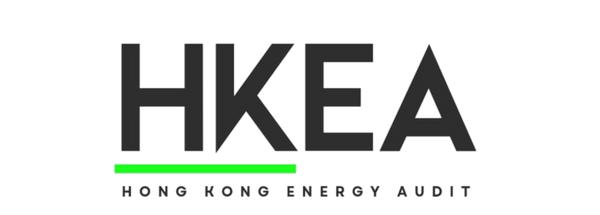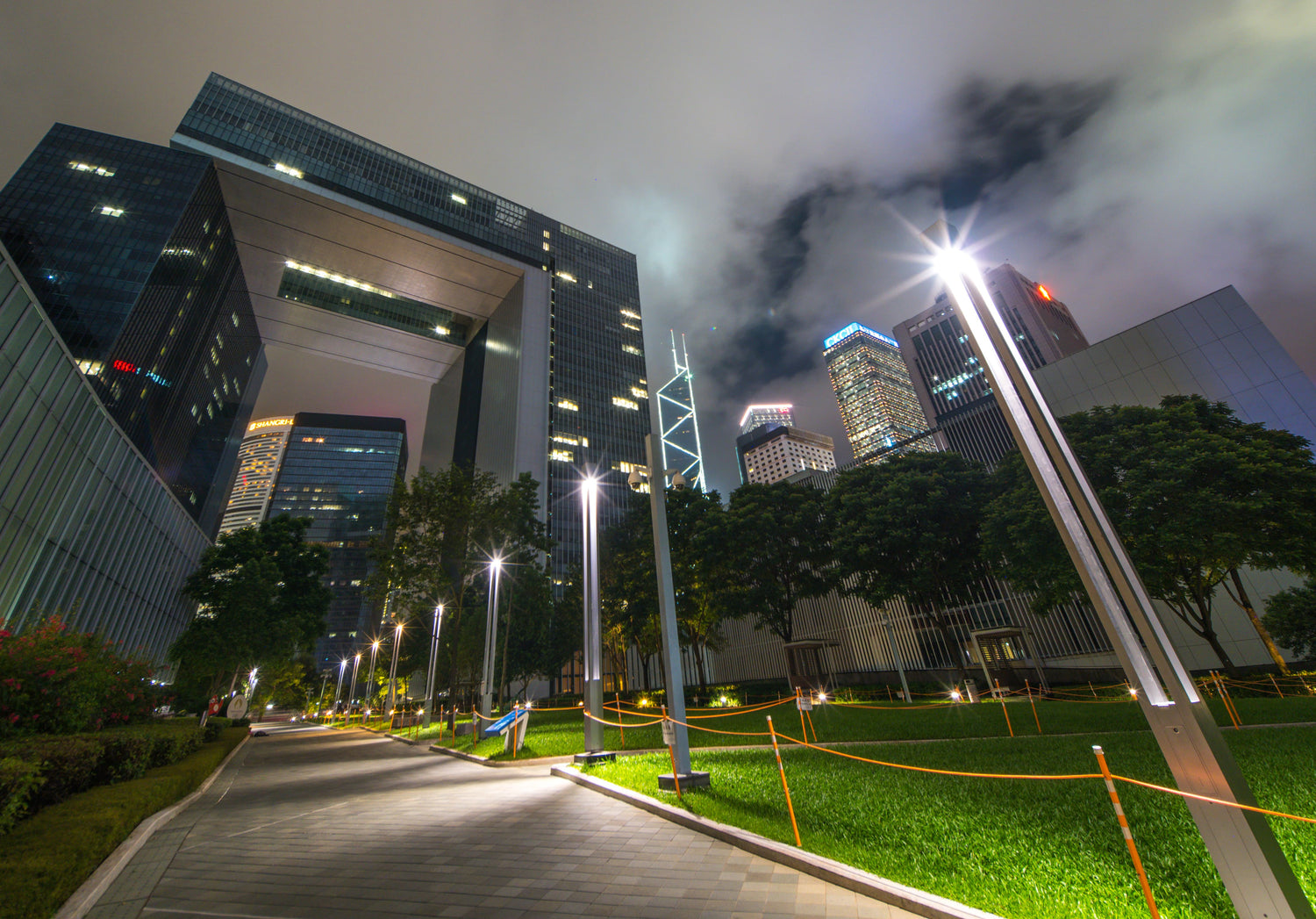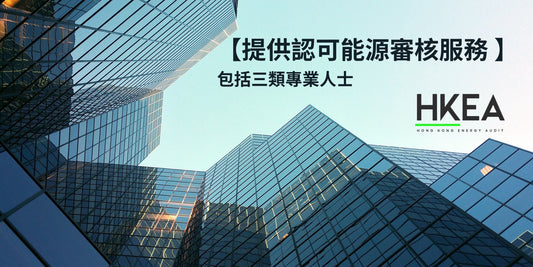
【Improving the rental performance of buildings and promoting green building certification in three areas】
Share
In the fierce competition in the commercial real estate market, the leasing performance of buildings is no longer dominated by location and rental price alone. With the advancement of the global ESG wave and the rigid demand of enterprises for sustainable operations, green building certification is becoming a key engine for reshaping the competitiveness of buildings. From Hong Kong's green building certification system BEAM Plus to the international green building certification LEED and WELL standards, these evaluation mechanisms are not only verifications of technical standards, but also a set of systematic value conversion tools - by improving the environmental performance, health quality and operational transparency of buildings, directly connecting to the sustainable development goals of tenants, thereby creating differentiated advantages in the three aspects of attracting investment, retaining customers and brand premium.
Green building certification: the key to unlocking the strategic needs of brand tenants
When a company's ESG report changes from an "optional question" to a "mandatory question", the environmental performance of a building has substantially affected its site selection decision. The international green building certification system uses quantitative indicators to convert data such as a building's energy-saving efficiency, carbon emission intensity, and resource recycling rate into ESG results that can be directly cited by tenants. This data-based "sustainability endorsement" upgrades buildings from simple physical spaces to strategic carriers for tenants to practice social responsibility. The deeper value lies in the fact that green building certification can accurately screen target tenant groups, such as start-ups pursuing an international image and multinational branches that need to meet the parent company's environmental protection and carbon reduction standards. They often regard green building certification as an "invisible threshold" for site selection. The process of a building passing the certification is essentially a declaration of value proposition for its target customer base: "This place not only provides space, but also a sustainable ecosystem that matches the tenant's brand tone."
Health and efficiency: Green building certification retains quality tenants
In addition to increasing revenue, retaining existing high-quality tenants is also key to improving the rental performance of buildings, and the focus is on continuously creating "irreplaceable use value". ESG has become a common optimization goal for environmental businesses. Not only do they attach importance to environmental awareness and carbon emission reduction, but they also prefer to cooperate with brands with the same philosophy, such as Apple and Tesla, which extend environmental protection to manufacturers. Imagine that companies or manufacturers, as tenants, need to improve their consideration of ESG. Once the lease expires, they must choose a place with green building certification. If they are not arranged early, the chance of losing high-quality customers will be greatly increased.
Improving corporate image: the premium logic of green building certification
Green buildings are often misunderstood as "high-cost investments", but in fact, the long-term benefits they create far exceed the initial investment. Data from international real estate evaluation agencies show that office buildings that have obtained dual certifications (such as LEED+WELL) can have a rental premium of 18%-25%, and a vacancy rate that is 30%-40% lower than buildings in the same area. This premium ability comes from two major structural changes:
First, green building certification redefines the calculation dimension of rental costs. For tenants, the energy-saving systems of certified buildings can reduce energy expenses by more than 30%; water recycling facilities can reduce public water consumption by 40%; and high-efficiency air-conditioning and lighting designs can directly reduce the daily operating costs of enterprises. These quantifiable savings have shifted the comparison basis of rental unit prices from "price per square foot" to "full life cycle cost."
Second, the intangible asset value of certified buildings is significantly amplified. As consumers’ preference for green brands increases, retail tenants can use “entering a LEED platinum shopping mall” as a marketing highlight; multinational companies can strengthen investors’ trust in their corporate governance by marking the WELL certification obtained by their offices in their ESG reports. This “spatial value spillover effect” transforms buildings from passive rent collection vehicles to strategic nodes in the tenant value chain.
Practical Path of Green Certification: The Value of Professional Consultants
To maximize the benefits of green building certification, it is necessary to overcome the dual challenges of technology conversion and cost control. From energy model simulation, material life cycle analysis, to localization of certification documents, each link requires professional consultants to translate technical language into commercial value. Taking Hong Kong as an example, there are detailed differences between local building regulations and international certification standards. How to achieve LEED's innovative design bonus while complying with the Building Energy Efficiency Ordinance requires local experience. The professional consulting team can "prioritize benefits", such as giving priority to the transformation of air-conditioning and lighting systems that affect the tenant experience, and then gradually introducing renewable energy equipment, so that owners can obtain certification marks in stages within their budget, and at the same time immediately convert them into investment advantages.
In an era where climate issues are reshaping business rules, green building certification has become a "strategic operating system" for buildings to break out of the red ocean of leasing. It is not only a recognition of technical standards, but also a code that translates environmental performance into business value. When the physical space of a building can simultaneously improve the ESG rating of tenants, employee productivity and brand image, the upgrade of its leasing performance is no longer a passive reaction to market fluctuations, but a proactive evolution driven by value.

HKEA Green Building Certification Consultancy Services
HK Energy Audit's green building consulting service plays this key role. From the local regulatory connection of BEAM Plus, the introduction of LEED's international standards, to the cross-domain integration of WELL healthy buildings, we help owners transform green building investments into quantifiable rental income. The team has green building experts who hold BEAM Pro, WELL AP and LEED AP qualifications, who will continue to assist building owners in applying for green building certification until the building obtains the target level certification, or even obtains green building certification from all institutions. Please feel free to contact our customer service for service arrangements and quotes.




